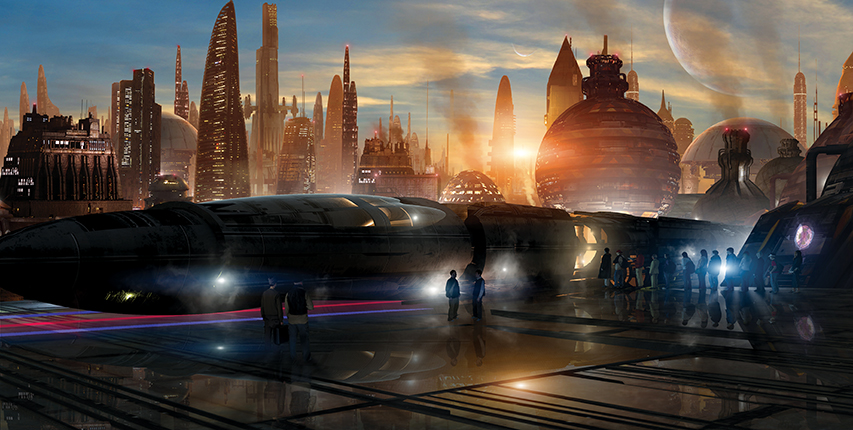Physics in 2116
DOI: 10.1063/PT.3.3394
Baseball legend Yogi Berra and physics legend Niels Bohr both observed, “it’s tough to make predictions, especially about the future.” True enough, but conjecturing about what is to come is an exercise that can be hard to resist. In April of this year, Physics Today published an article by Frank Wilczek entitled “Physics in 100 years

ART BY SCOTT RICHARD

In the nearly 200 entries we received, several themes recurred. Those include new understandings of fundamental physics, wonders achieved with black holes or gravitational waves, and fantastic accomplishments aided by advanced artificial intelligences; indeed, incredibly sophisticated computers play a starring role in three of the four following essays. Those themes may sound familiar if you read Wilczek’s piece. Why so few entries tackled the future of condensed-matter physics is a possibly significant mystery.
Wilczek’s article concluded that “brilliant prospects lie ahead,” and his upbeat tone was echoed in virtually all of the submissions we received. Our imaginative contestants saw the frontiers of knowledge as continuously advancing and a few even explicitly described how scientific advances improved the quality of life for all humankind. May it be so.
More about the Authors
Steve Blau is a senior editor at Physics Today.
